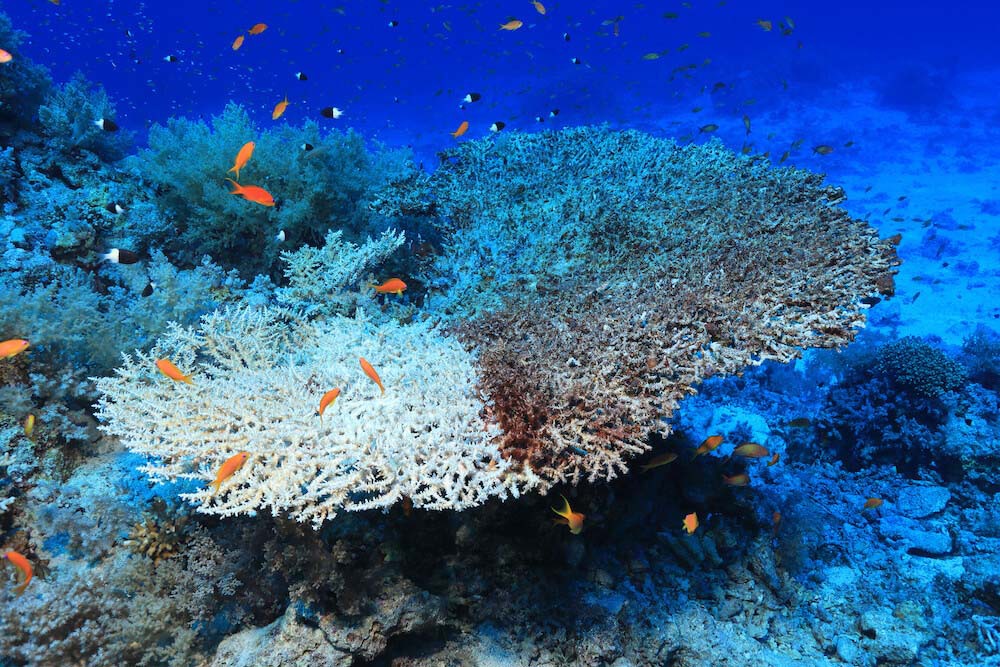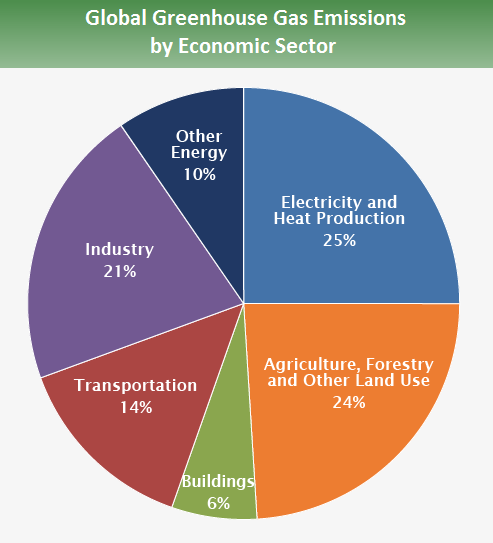Climate change is a multi-faceted phenomenon that reshapes not only our terrestrial landscapes but also the vast and intricate ecosystems of our oceans. This colossal body of water, which envelops more than 70% of our planet, is a critical regulator of climate and a cradle of biodiversity. Understanding how climate change impacts the ocean is vital for fostering effective environmental stewardship and preserving marine life.
As greenhouse gases accumulate in the atmosphere, the Earth’s temperature rises, leading to a cascade of changes in oceanic conditions. These shifts are not merely incremental; they entail profound consequences, influencing marine ecosystems, weather patterns, and human economies.
The following sections explore the multifarious ways climate change is altering our oceans, prompting a re-evaluation of how we perceive and interact with these vital aquatic environments.
Increasing Ocean Temperatures: The Heat is On
One of the most immediate effects of climate change is the increase in ocean temperature. The oceans have absorbed over 90% of the excess heat generated by climate change, resulting in a warming trend that poses significant threats to marine life. The rise in temperature catalyzes coral bleaching, a phenomenon that endangers the intricate relationship between corals and the diverse species that inhabit coral reefs.
Coral bleaching occurs when stressed corals expel the symbiotic algae (zooxanthellae) that provide them with energy and color. Without these algae, corals turn white and become increasingly vulnerable to disease and mortality. Globally, coral reef ecosystems are at risk, and their decline jeopardizes the myriad species that rely on them for habitat and sustenance.
Moreover, warm waters alter species distributions, causing fish to migrate towards cooler depths or more temperate regions. This can result in overfishing as communities chase economically valuable species now found in different locales. Additionally, this shift can disrupt established marine food webs, leading to unforeseen ecological imbalances.
Acidification: The Silent Erosion
Another insidious effect of climate change is the acidification of ocean waters. As atmospheric carbon dioxide (CO2) levels rise, a significant proportion of this gas is absorbed by the oceans, forming carbonic acid. This process lowers the pH levels of seawater, making it more acidic.
Acidification poses dire threats to calcifying organisms such as mollusks, crustaceans, and corals. A more acidic environment hampers their ability to form shells and skeletons made of calcium carbonate. The consequences extend up the food chain, as many marine species rely on these organisms for food. As shellfish and corals decline, entire ecosystems face destabilization, impacting commercial fisheries and the communities that depend on them.
Furthermore, changing pH levels can affect the sensory perception of marine species. Fish and other marine animals rely on their senses to evade predators, find mates, and locate prey. Alterations in their chemical environment may hinder these abilities, leading to cascading effects across marine populations.
Oxygen Depletion: Life in the Balance
The relationship between temperature rise and oxygen levels is another crucial aspect of ocean change. Warmer waters hold less oxygen, a phenomenon especially pronounced in the event of stratification, where layers of water with varying temperatures and densities form. This can lead to ‘dead zones,’ areas where oxygen levels are critically low and unable to support most marine life.
Hypoxic conditions threaten fisheries crucial for food security and economic stability. Species that are unable to escape these zones face the risk of significant population declines, while marine mammals may struggle to find adequate food sources. The loss of biodiversity in these regions can also impair ecosystem services that benefit humans, including nutrient cycling and water filtration.
Rising Sea Levels: A Watershed Moment
Perhaps the most visible consequence of climate change impacting the oceans is the rise in sea levels. As global temperatures increase, polar ice caps and glaciers melt, and seawater expands due to thermal expansion. This phenomenon threatens coastal communities and ecosystems around the world.
If the trend continues unchecked, low-lying areas are at risk of flooding, disrupting livelihoods, displacing populations, and resulting in a humanitarian crisis. Coastal habitats, such as mangroves and salt marshes, are also being compromised, which diminishes their ability to protect coastlines from storm surges and erosion.
Restoration of these vital ecosystems must be prioritized to mitigate these adverse effects. Investing in sustainable coastal management practices can enhance resilience to climate change, benefiting both humans and marine wildlife.
Concluding Thoughts: The Ripple Effect of Awareness
The intricate connections between climate change and ocean health cannot be overstated. The cascading impacts on marine life and human society illustrate the urgency of adopting sustainable practices and policies that mitigate climate change. As stewards of the planet, we bear the responsibility to protect our oceans for future generations.
By fostering awareness and understanding, we can inspire collective action that transcends borders and individual interests. In recognizing the profound interconnectedness of life on Earth, a paradigm shift in perspective becomes not only possible but essential. Let us strive to grasp the intricacies of our oceans and, in doing so, safeguard the very fabric of life that sustains us.



